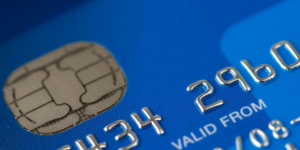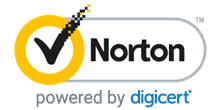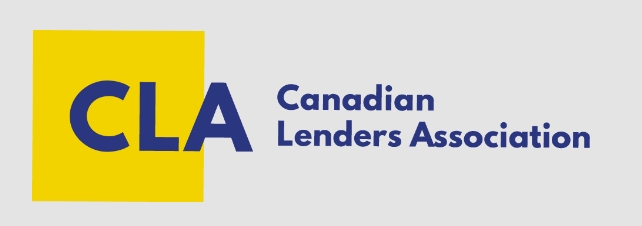Which Debts Should You Pay Off First?
Your Guide To Strategic Credit Building

When you have a long list of debts to pay off, it can be daunting to say the very least. You might begin to wonder which debts should you pay off first. Reading stats like Canadians now owe roughly $1.76 for every $1 they earn (source: Statistics Canada, March 2020) - a ratio that experts warn is among the highest in the developed world - can be discouraging, especially when you’re trying the best to build your credit.
It can feel like you’ll be destined to be chipping away at your debt for the rest of your life, doesn’t it?
We know that paying off your debts is the first step towards great credit and a secure financial future, but only paying the minimum payments doesn’t seem to get you very far. How do you manage to get your debt to start shrinking? The answer is prioritization, meaning some debts should take priority over others.
What works better for your credit building strategy?
For example, let’s say you have 3 debts:
- $6,000 in student loans at 5% interest
- $10,000 in credit card debt at 18% interest
- $4,000 car loan at 5.5% interest
Given these debts, you have two effective strategies to choose from:
Strategy #1 - The Smallest Debt First (Snowball Method)
The idea behind the snowball method is to build momentum for yourself and give you the sense of accomplishment. How it works is, you throw everything you can towards the smallest debt that you have while continuing to pay the minimum payments towards everything else. Any extra money you have; anything you can squeeze out of your budget, should be used to pay down your smallest debt so it can be eliminated.
In the example above, you would focus your efforts on the $4,000 car loan. Let’s say you can squeeze $600 out of your budget each month to toss towards that debt, while still being able making the minimum payments on your student loan and your credit card. In this situation, you’ll have your car loan dealt with in just a few months!
Now you can then take the $600 you were putting towards the car loan and add it to the minimum payment you’ve been making on your student loans, effectively targeting the next smallest debt. You would continue this strategy until all you have is the credit card. Now instead of splitting your resources three ways, you only have one debt load to focus on.
Strategy #2 - Prioritize the Highest Interest
Interest is costly and the hypothetical credit card debt we listed above will cost you $150 a month in interest alone. Removing your highest debt first will ensure that you pay less in the long run. For some, this method can be less appealing than the snowball method as it doesn’t create the same sense of momentum and accomplishment and requires a little more patience.
As you push all available resources towards this debt, remember that the more you contribute, the more you’ll save on overall interest. This method will seem to take longer than the snowball method, but will actually save you more in the long run.
Bad Credit? Start Fresh With a Credit Rebuilding Program
If your credit score took a nosedive and you’re feeling overwhelmed with your debts, don't give up! Discipline and sacrifice go a long way. Of course, it's always nice to have a little help, which is where credit rebuilding programs come in.
Depending on where your score is at, the best credit building programs can come in the form of secured cards or credit builder loans. Approval for these types of products don’t depend on a credit check, and the borrowed funds are secured as you pay them down.






Leave a Reply